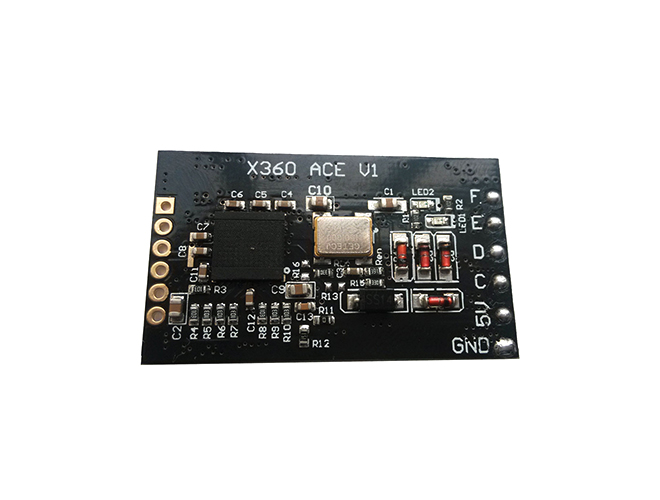-
CN
-
Service Hotline
+8618129931046 Mr. Liao


Time:2025-05-17 Views:1

High and low temperature testing of double - sided circuit boards is an essential process to evaluate their reliability and performance under extreme environmental conditions, ensuring that they can function properly in a wide range of applications.
During high - temperature testing, double - sided circuit boards are exposed to elevated temperatures, typically ranging from 85°C to 150°C, for an extended period. This simulates the operating conditions that the boards may encounter in environments such as industrial control systems, automotive electronics, or in hot climates. At high temperatures, several issues can arise. The materials used in the circuit board, such as the substrate and the soldered joints, may experience thermal expansion and contraction. This can lead to mechanical stress on the components and the board itself, potentially causing cracks in the substrate or the formation of voids in the solder joints. By subjecting the double - sided circuit boards to high - temperature testing, manufacturers can identify any weaknesses in the design or manufacturing process. For example, if a component fails due to overheating during the test, it may indicate that the heat dissipation design of the board is inadequate or that the component is not suitable for high - temperature operation. Appropriate measures can then be taken, such as improving the heat sink design or selecting more heat - resistant components.
Low - temperature testing, on the other hand, exposes double - sided circuit boards to temperatures as low as - 40°C or even lower. This tests the board's ability to withstand cold environments, which is important for applications in aerospace, military, and cold - storage facilities. At low temperatures, the materials of the circuit board become more brittle, and the electrical properties of components may change. For instance, the capacitance and resistance of certain electronic components can vary significantly at low temperatures, affecting the overall performance of the circuit. Low - temperature testing helps to detect any potential issues related to component functionality and the integrity of the board's electrical connections. If the soldered joints become brittle and break at low temperatures, it may be necessary to use a different type of solder or to modify the soldering process to improve the board's reliability in cold conditions.
Both high and low temperature testing often include cycles of heating and cooling to simulate real - world temperature variations. This thermal cycling can further exacerbate any existing weaknesses in the circuit board, such as thermal fatigue in the solder joints or delamination of the substrate layers. By conducting comprehensive high and low temperature testing on double - sided circuit boards, manufacturers can ensure that their products meet the required quality and reliability standards, providing confidence to customers that the boards will perform well in various environmental conditions.